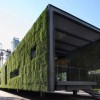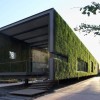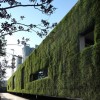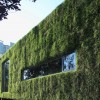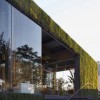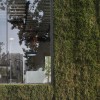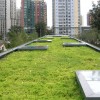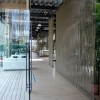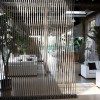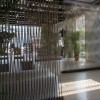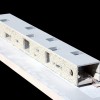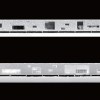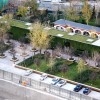Green Technology Showroom by Vector Architects
Video
An unassuming giant box covered in green is camouflaged by surrounding trees and grass. Pedestrians hurrying by may take little notice of it, while some might curiously ask, “What is that?” It is a 2008 project called the Green Technology Showroom by Vector Architects that inhabits the central lawn of a residential compound in the Guanganmen district of Beijing, China.
 Credit: Shuhe Photographer
Credit: Shuhe Photographer
Client CR Land specified that the Green Technology Showroom be a 5,382 sq. ft. (500 m2) rectangle. Made of steel, covered in grasses, and elevated, the Green Technology Showroom is a temporary structure that was scheduled to be demolished after three years. In other words, 2011 is the last year of its existence. The building was intended to be easily set up and torn down, and Vector Architects responded to this need by elevating the building: with no foundation, it is less rooted and required less set up, which translated to fewer labor hours and cut costs. Vector Architects chose steel because it is recyclable and sited the Green Technology Showroom on the central lawn to make the least impact on the garden and on the flow of pedestrian traffic.
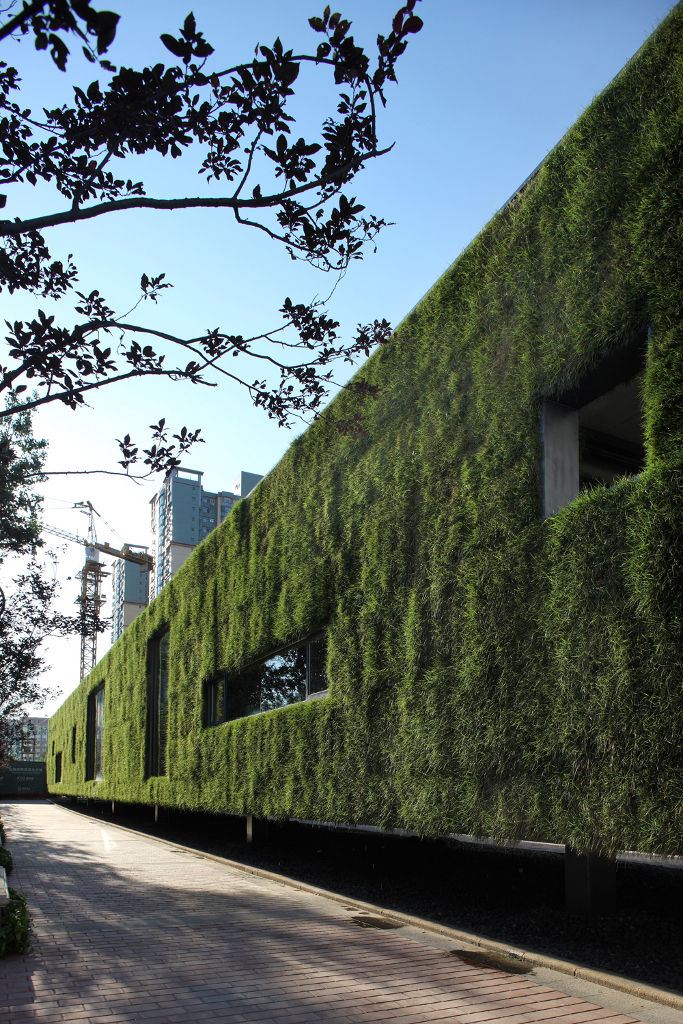
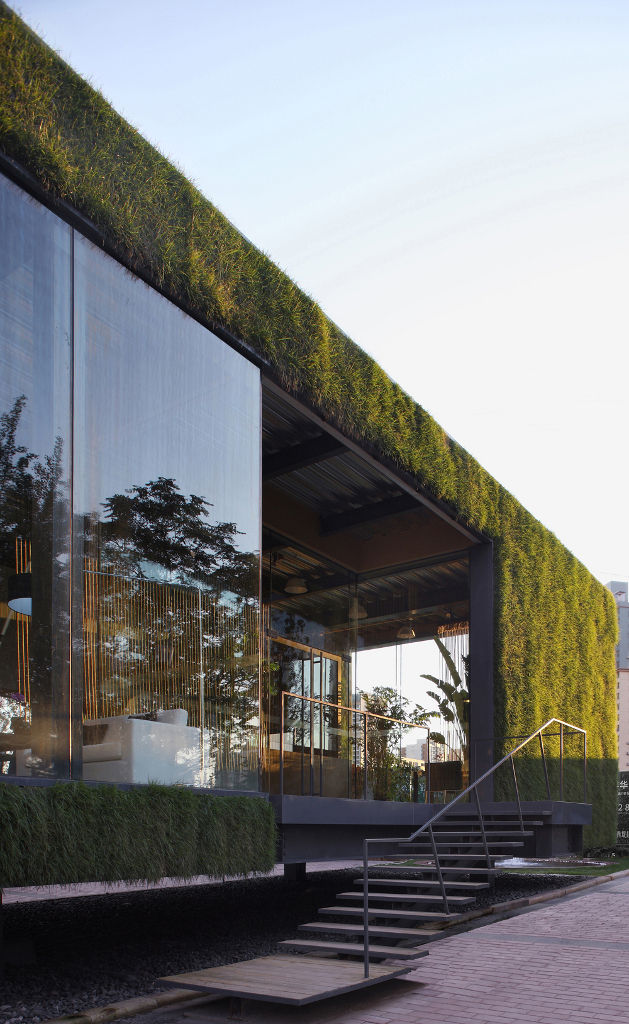
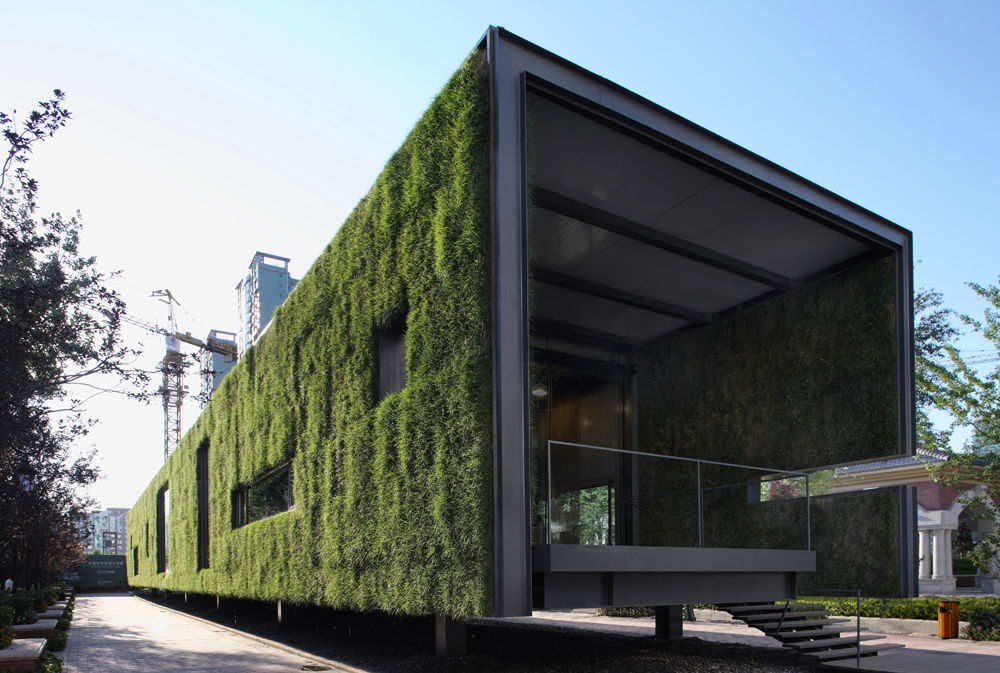
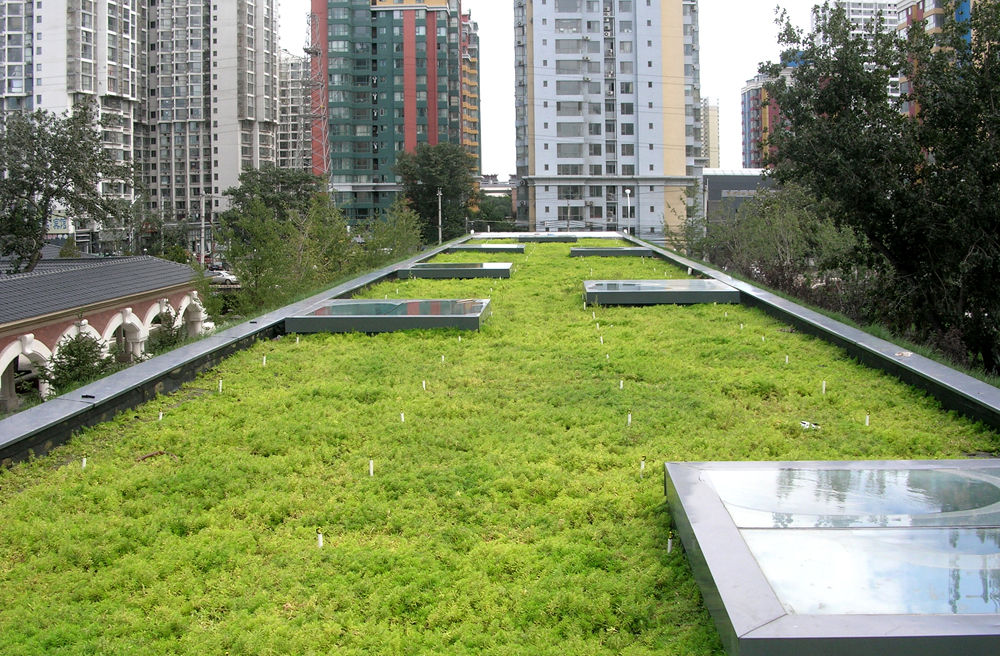
The Green Technology Showroom boasts an extensive green roof of grasses that cover not only the roof proper but also two sides of the building. An extensive green roof is shallower in depth and requires less maintenance than other green roofs. Once the Green Technology Showroom is demolished, its green roof will be reused on a half-wall in the residential compound. The grasses are also meant to help the building better blend in with the courtyards, stucco walls, and ornamental archways of the classic Spanish style garden.
One of the benefits of a green roof is that it makes the building more heat-efficient, reducing heat loss in colder weather and keeping it cooler in warmer weather. A major push for green roofs is occurring, particularly in densely populated areas. Green roofs in large numbers help combat Urban Heat Island Effect, a phenomenon wherein the temperature of cities rises because of heat reflecting off buildings, among other causes. Keep in mind that the population of Beijing exceeds 22,000,000 and is ranked as one of the most densely populated cities in the world.
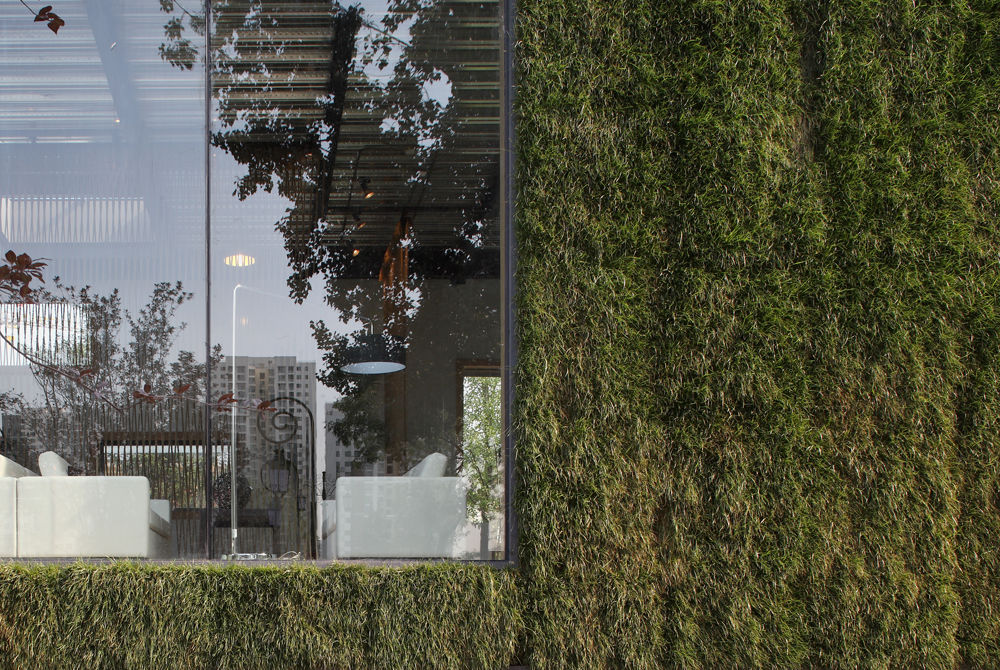
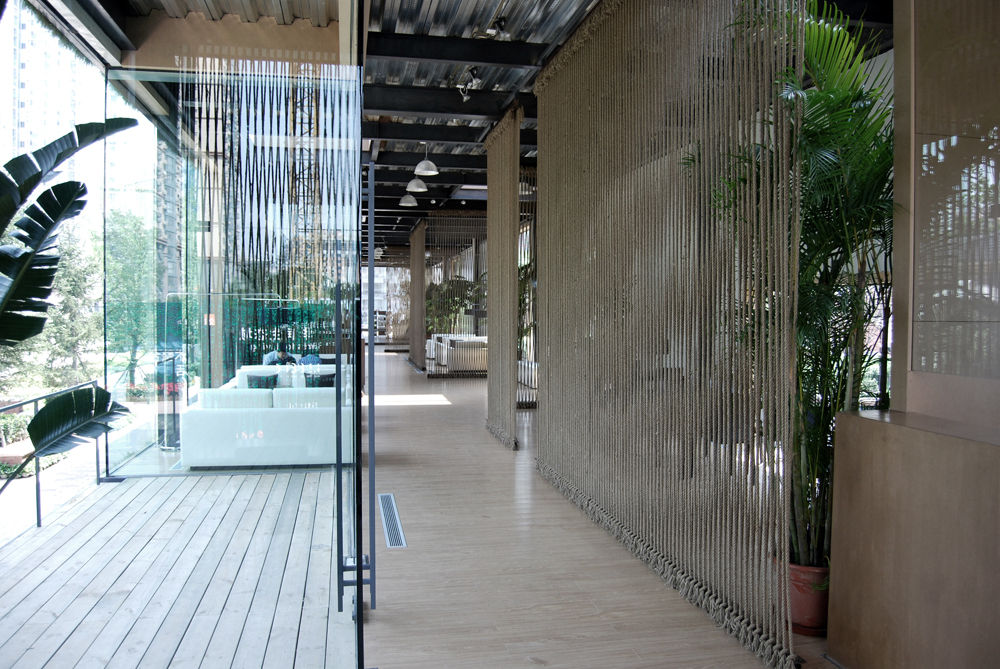
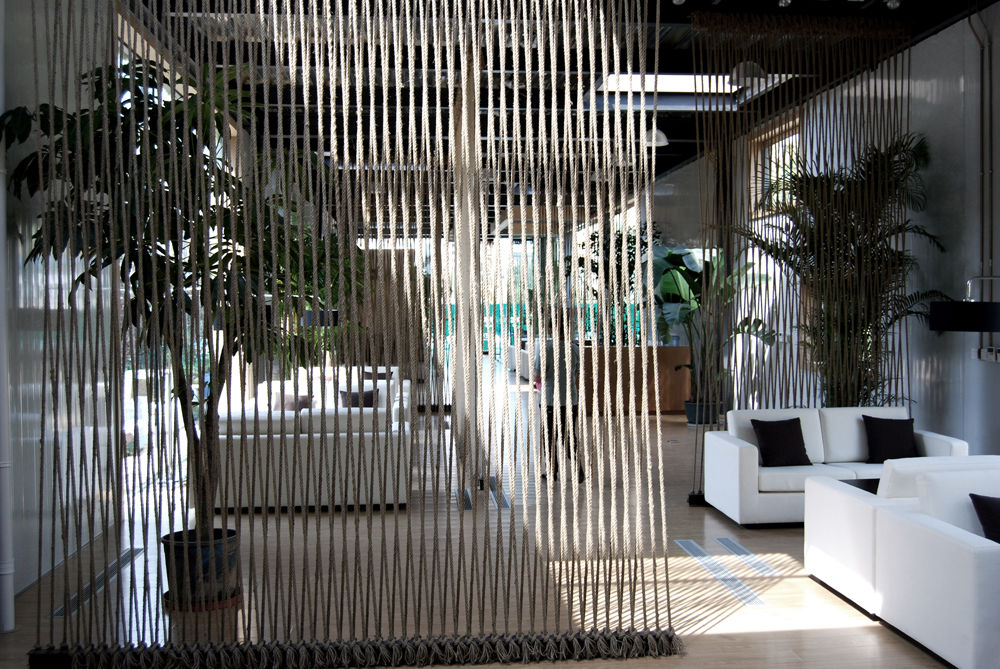
Another reason for the push is that green roofs offset pollution, because plants naturally convert carbon dioxide into oxygen through the process of photosynthesis. They also absorb most rainwater, impeding runoff and lessening the amount of chemicals entering the waterways. For Beijing, this is really good news. Back in 2008 when Beijing hosted the Summer Olympics, issues arose regarding the effect of the city’s high levels of pollution on the health and performance of the athletes. Efforts have been made to clean up the city’s air since then. According to a paper from the 2010 International Conference on Management and Service Science (MASS) in Wuhan, China, by the end of 2008 some 10,763,910 sq. ft. (1,000,000 m2) of green roofs had been constructed. This paper, put out by researchers at Tianjin University, found that such efforts are continuing, with more than 1,076,391 sq. ft. (100,000 m2) of new green roofs being created annually in Beijing.

Carla D'Errico
An alumni of The Ohio State University, Ms. D'Errico obtained a degree in travel writing through a study program that she created herself. For two years Ms. D'Errico served as a staff writer for The Animal Insider, a quarterly publication based in Columbus, Ohio, and has also worked as a review scout for the Columbus division of Yelp.com. Now she is trying her hand at covering ecologically responsible and sustainable architecture for Buildipedia.com.

